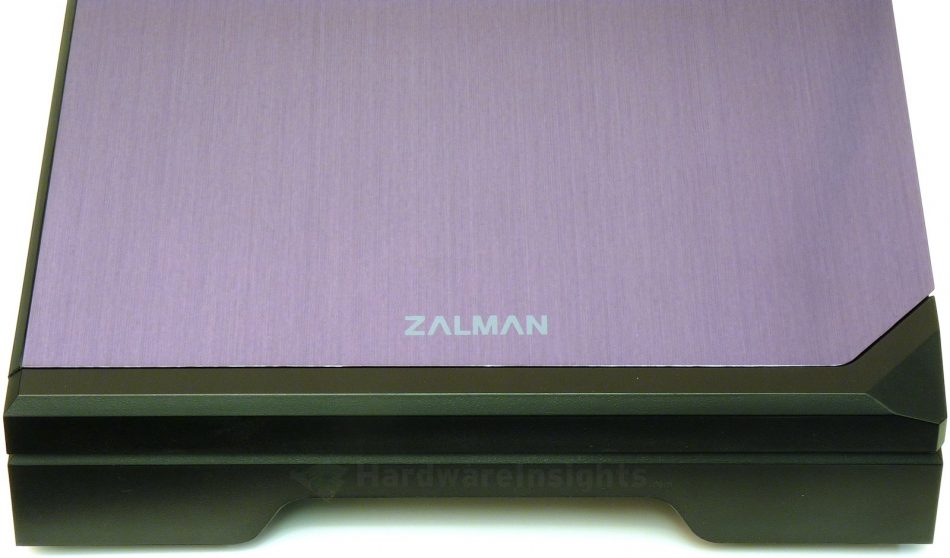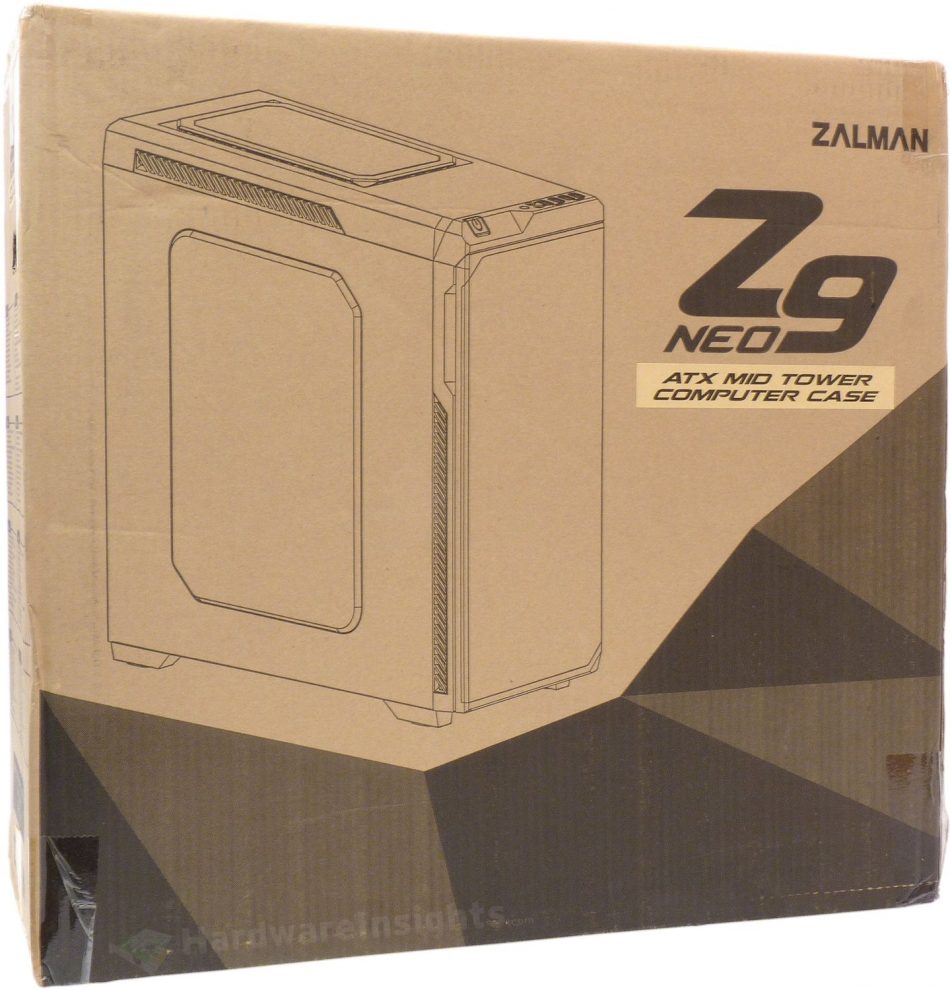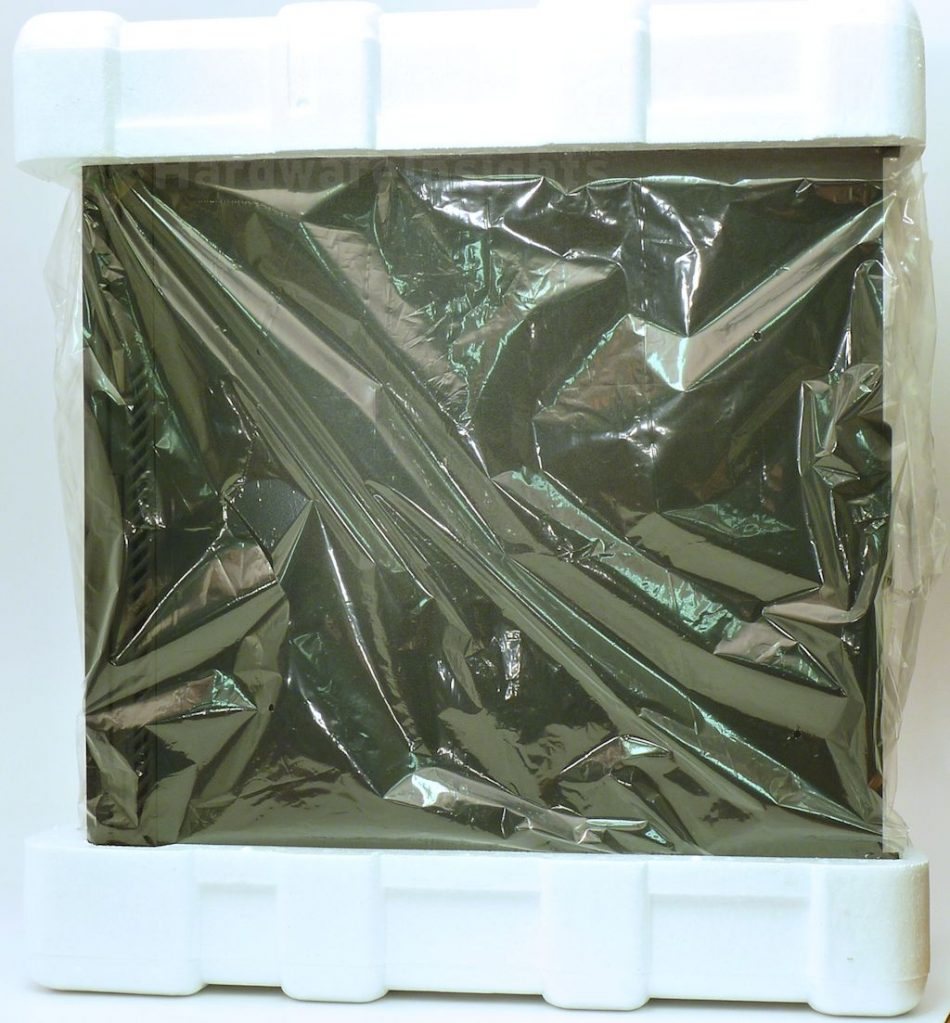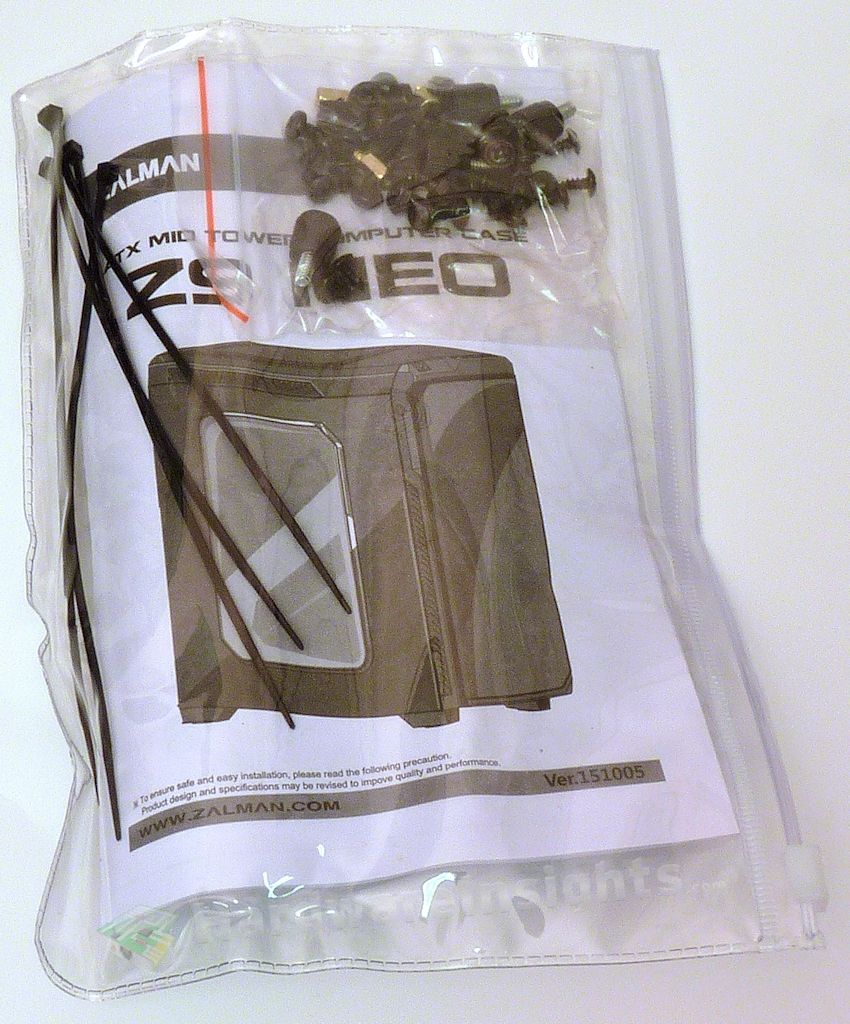Contents
Introducing the Zalman Z9 Neo Black
Time to have a look at some Zalman cases too! I got this Z9 Neo Black here for some time I better. Well from what I heard from people who can tell quality from…lack of, the Zalman cases offer some interesting features for their price, but the quality is often poor. When the opportunity arose I went ahead to find out what the truth is. I have been offered a couple of choices and the Z9 Neo has been suggested as a one which may satisfy me. I must say I have no idea how Zalman decides which model falls to which category so I cannot say much about this case other than the facts. It is midi-tower and it comes in black and white variants. Check the table for specifics.
| Size | Midi-tower |
| Motherboard size | Mini-ITX, Micro-ATX, Full-ATX |
| Color/variants | black, white |
| Size | 205 × 490 × 482 mm |
| Skelet material | SECC plate, 0.7 mm |
| Side material | SECC plate, 0.7-0.8 mm (uneven painting); plastic window |
| Front panel material | plastic, brushed plastic plate on the door |
| Weight (incl. fans) | 6.54 kg |
| Positions 5.25” | 2× external |
| Positions 3.5” | 2× internal |
| Positions 2.5” | 2× internal |
| PSU type | ATX |
| Fan positions | 2× 140 mm front, 1× 120 mm rear, 2× 120 mm top |
| Occupied positions | 2× 120 mm front, 1× 120 mm rear, 2× 120 mm top |
| Front/upper panel | 2× USB 2.0, 2× USB 3.0, jack input/output |
The Zalman Z9 Neo, which comes in black and white variants, as stated above, is fairly inexpensive (slightly over 1500 CZK here, 55 Euros in Germany, 60 USD in the US). So this would suggest that Zalman intended for this mid-tower to be positioned somewhere in the lower mainstream. The thin material which Zalman used, along with the low weight also suggests that. That is just about what we can guess.
Packaging and accessories
The front side of the box shows us drawing od the case. Both the front and rear are the same actually. The left side shows some specs in different languages and the right side carries a specification table similar to our table above.
The Z9 Neo comes wrapped in a plastic bag and is cushioned by two pieces of polystyrene foam. This is the typical way that cases are packed.
The accessories are packed in a plastic bag which is packed into a roll and tied to the case with a bailing wire. We can see the manual, some spare thumbscrews, stand-offs and then different types of mounting screws (for motherboard, drives etc.). And five zip ties.





